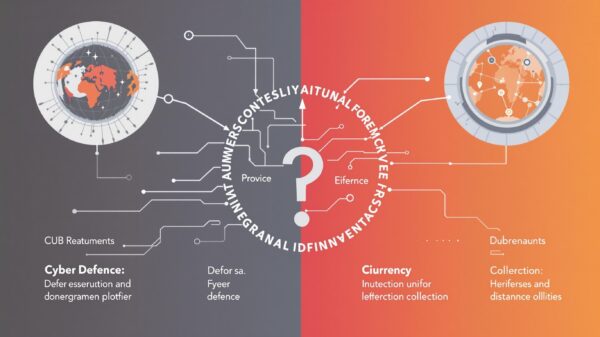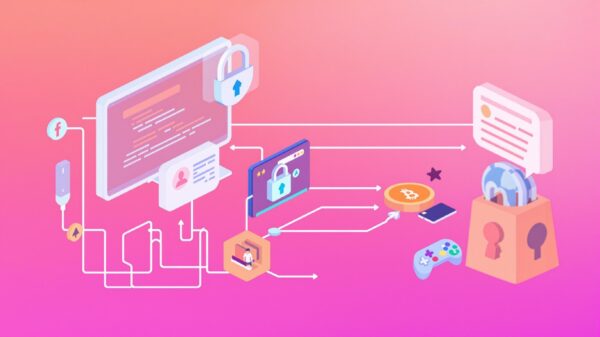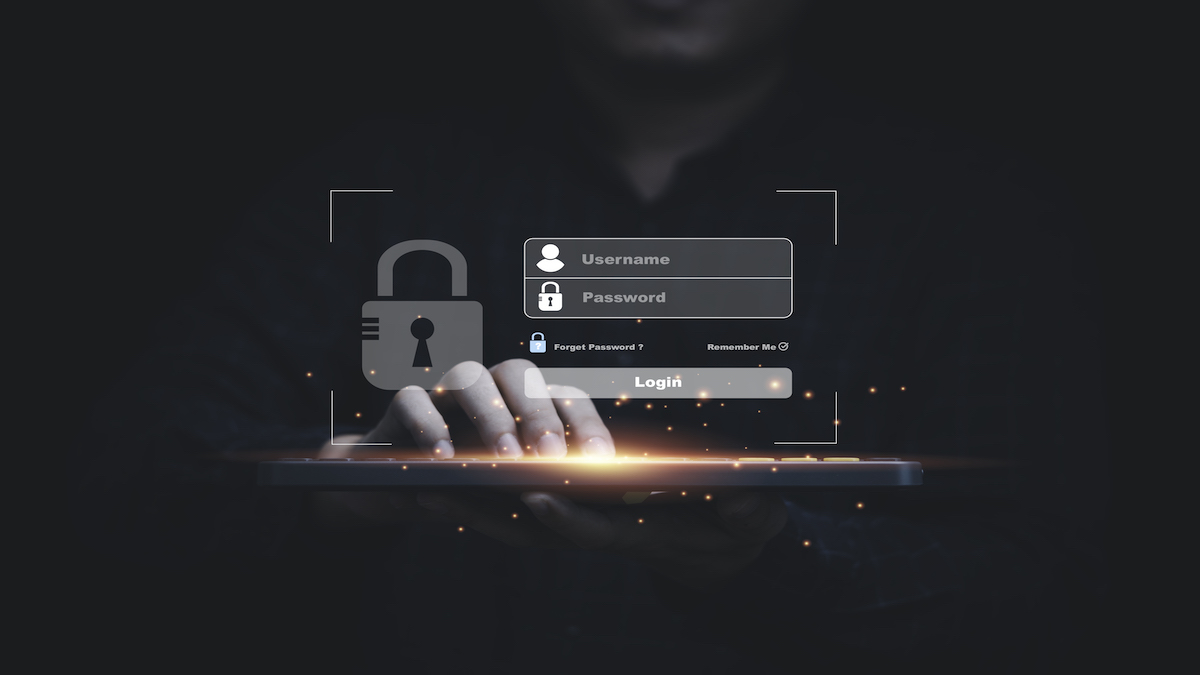Cybersecurity threats continue to challenge organizations across industries worldwide. Among them, phishing remains a potent threat. Despite increasing awareness, these scams persist, boasting the continual evolution and sophistication of tactics that exploit the vulnerability of businesses.
Email Phishing
Arguably the most prevalent form of phishing is via email. Deceptive emails masquerading under the veneer of legitimacy spearhead most phishing attacks. Fraudulent domains mimicking established organizations often dupe unwitting recipients. Phishers ingeniously swap out characters in an organization’s name, an art called “typo-squatting,” to lure victims into believing they are dealing with a genuine entity. For instance, an email from ‘[email protected]’ can be easily misconstrued as communication from the legitimate retail giant.
Spear Phishing
Spear phishing elevates regular phishing’s level of insidiousness. In these highly targeted attacks, cybercriminals do their homework. Using strategic reconnaissance, they know the victim’s name, employment, and job role, among other specifics. This allows for the crafting of highly convincing emails that blend seamlessly into the regular influx of official communication. Your boss asking for a quick favor or HR requiring you to review a document, it all appears regular until the scam unfolds.

Whaling
A derivative of spear phishing, ‘whaling,’ focuses high-ranking executives within an organization. The top echelon of a business, with potential access to classified business information, are golden geese for cybercriminals. In whaling, the phishing emails are even more subtly constructed to create an illusion that the email emanates from other senior officials within the organization. With authority apparently exerted, it’s a challenge for the victims to spot the masquerade.
Smishing and Vishing
Phishing has evolved from the realms of email to other communication domains. Now, SMS-based (smishing) and voice call-based (vishing) phishing techniques serve to extract sensitive information under false pretexts. Recipients receive a text message or a call insisting upon urgent action relating to their finances or personal information. These urgent-sounding messages trigger an immediate response based purely on the presumed threat.
Angler Phishing
Emerging at the intersection of phishing and social media is a threat dubbed ‘angler phishing.’ Cybercriminals exploit social media platforms, with their wealth of publicly shared information, to tailor highly targeted attacks. For instance, after placing an online order, disappointed customers often directly tweet or post on social media platforms. Phishers seize this opportunity to masquerade as customer service, offering assistance and guiding the restless customer to a phishing trap.
Phishing Campaign Variability
Although typical phishing campaigns may superficially differ in pretext— posing as various organizations, alarm alerts, or the talked-about raffle winning—they all operate with the common goal of extracting sensitive information. Ingeniously, they also continually find ways to bypass security measures, making their detection an unequivocal challenge for infrastructural security systems.

Social Engineering
What fuels phishing is the craft of social engineering. It’s a psychological manipulation tricking users into breaking standard security practices. Phishers, as nefarious as they are inventive, design scams to appear legitimate enough to deceive even the most diligent employees. By tapping into curiosity, fear, or a sense of urgency, they manipulate human judgment, which often proves the weakest link in a chain of robust security systems.
Prevention and Identification Tips
Phishing prevention necessitates a balanced combination of updated technology, robust cyber hygiene, and continual awareness. A cardinal rule when it comes to identifying phishing attempts is to always verify the sender’s email address when prompted to click a link or download an attachment. Reading URLs thoroughly, scrutinizing unsolicited communications, enabling multi-factor authentication, are among the plethora of best practices to insulate oneself against phishing.
Evidently, in the cybernetic age, where information is currency, phishing threats proliferate as grave concerns. A misstep could mean immense financial, reputational, or data loss. Therefore, a proactive approach to cybersecurity, coupled with a keen understanding of phishing, is the need of the hour for organizations and individuals alike.






















